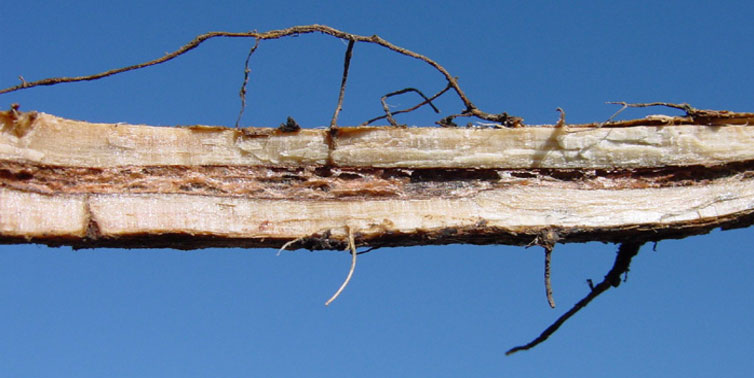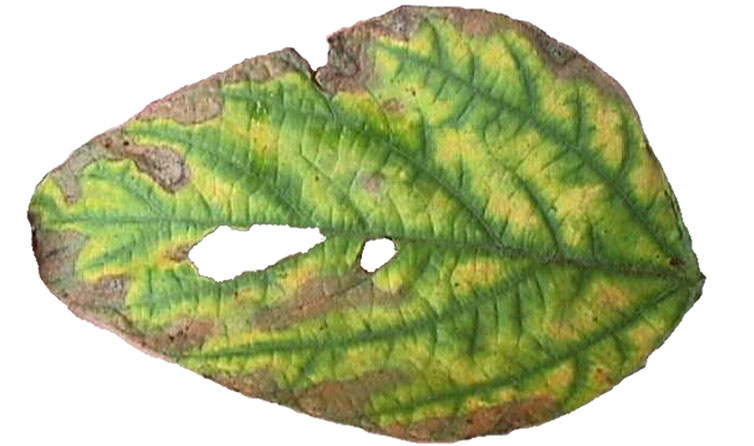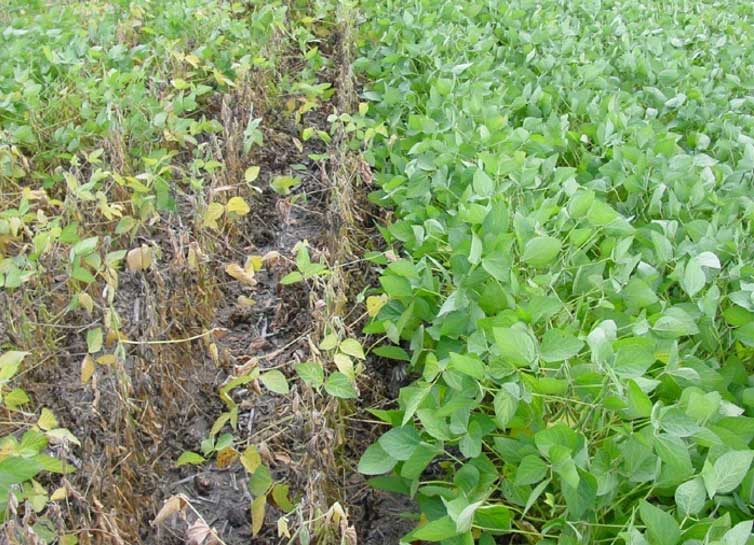Something went wrong. Please try again later...
Key Points
- Brown stem rot infects roots early in the season, but symptoms of vascular system damage usually appear in mid-summer.
- Development is favored by moderate temperatures (60 to 80 ºF) and soil moisture is near field capacity.
- Infection causes vascular and pith tissues to turn brown to reddish-brown.
- Pioneer® brand soybean varieties are rated for genetic resistance to brown stem rot.
The foregoing is provided for informational use only. Please contact your Pioneer sales professional for information and suggestions specific to your operation. Product performance is variable and depends on many factors such as moisture and heat stress, soil type, management practices and environmental stress as well as disease and pest pressures. Individual results may vary. Pioneer® brand products are provided subject to the terms and conditions of purchase which are part of the labeling and purchase documents.




